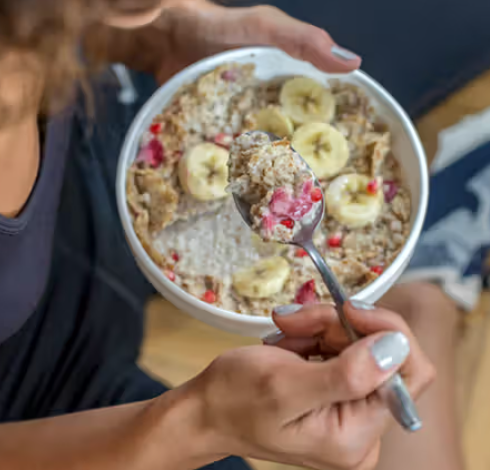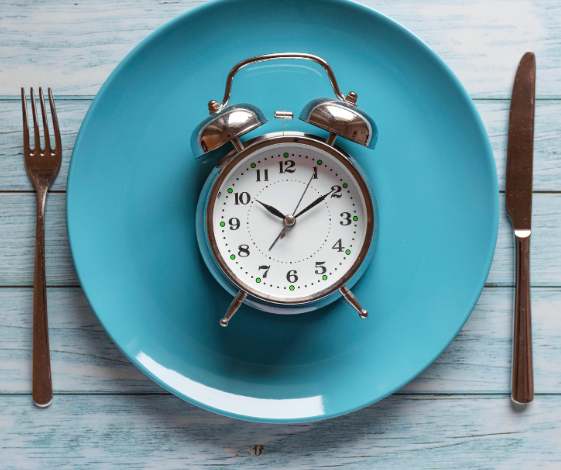
Your Guide to Healthy Bowel Movements
Talking about poop might not be the most glamorous topic, but it’s a key component of our overall health. Your bowel movements can give you a lot of insight into how well your body is functioning. So, let’s break down what healthy poop looks like, why it’s important, and what to do if things aren’t quite right.
What’s in Your Poop?
Poop is made up of several things: dead gut cells, indigestible fibers, and bacteria. After you eat, your digestive system works to absorb all the good stuff from your food, like vitamins, minerals, fats, and proteins. What’s left—waste—gets pushed through your intestines, and finally, into the toilet bowl.
Let’s dive into what different types of poop indicate about your digestion.
The Bristol Stool Chart
The Bristol Stool Chart categorizes poop into seven types based on shape and consistency. Here’s what each type means:
- Type 1: Hard Lumps – This type looks like pebbles or marbles, and it’s a sign that you’re constipated. It often happens when you’re dehydrated or lacking fiber.
- Type 2: Lumpy Sausage – These are still hard, but more in a log shape. It suggests mild constipation, and you might need to boost your water and fiber intake.
- Type 3: Sausage with Cracks – This type is a healthy poop. It’s shaped like a sausage with cracks on the surface, and it should pass easily.
- Type 4: Smooth, Soft Sausage – This is the ideal poop: smooth, S-shaped, and easy to pass. It’s a sign that you’re drinking plenty of water and getting enough fiber.
- Type 5: Soft Blobs with Clear Edges – This can indicate a diet low in fiber, or that your poop passed through the digestive system too quickly.
- Type 6: Mushy with Ragged Edges – This points to mild diarrhea, meaning your food is moving too fast through your digestive tract.
- Type 7: Liquid – This is diarrhea. It could mean you have food poisoning, an infection, or even an undiagnosed food intolerance.
Now, take a look at your poop and figure out where you fall on this chart!
What Does Healthy Poop Look Like?
The ideal poop is shaped like an “S” or a smooth log. If you’re regularly dealing with hard, round pellets or pencil-thin stools, it may be a sign that your diet, stress levels, hydration, or other factors need attention. So, what else can help you achieve optimal digestion?
How Often Should You Be Pooping?
Everyone has different bathroom habits, but typically, you should be having a bowel movement anywhere from once a day to three times a week. If you’re going more than four times a day with loose stools or struggling to go just a couple of times a week, it might be time to see a doctor.
What Should Pooping Feel Like?
Pooping should feel relatively easy. If you find yourself straining, sitting for long periods, or dealing with pain, it’s a sign something’s off. Constant discomfort could point to issues like constipation, and sudden stomach cramps or frequent trips to the bathroom could suggest other problems.
The Color of Your Poop: What Does It Mean?
Most of the time, healthy poop is a medium brown, due to bile from your gallbladder. However, the color can change based on your diet or other health factors. Here’s a breakdown of what different poop colors could indicate:
- Green – Often linked to eating lots of green foods (think veggies) or food dyes. If it’s watery, it could be a sign of a digestive issue.
- Black – Could be caused by iron supplements or medications like Pepto Bismol, but also may indicate internal bleeding, especially if it’s coupled with a foul smell.
- Red – Bright red could mean you’ve eaten beets or cranberries. However, it could also signal blood in your stool, which should be checked out by a doctor.
- Yellow or Orange – This could indicate an intestinal infection or inflammation, especially if you see mucus.
- White or Clay-Colored – If your stool is pale or chalky, it could point to problems with your liver or gallbladder. It’s best to consult your doctor if you see this.
When to Be Concerned About Your Poop
- Floating Stool – Most poop sinks, but if it floats and smells foul, it may point to an issue. Consult with a doctor if it’s persistent.
- Foul-Smelling Stool – If your stool suddenly smells much worse than usual, it could be a sign of a food intolerance or other digestive issue.
- Chronic Constipation or Diarrhea – Occasional constipation or diarrhea is normal, but if it lasts more than a week, it’s a good idea to talk to a healthcare provider.
How to Keep Your Digestive System in Check: The 4 Fs
To keep your poop healthy and regular, focus on the Four Fs: Fiber, Fluids, Flora, and Fitness.
- Fiber: Both soluble and insoluble fiber are essential. Soluble fiber, found in foods like oatmeal, fruits, and beans, helps form soft, smooth stools. Insoluble fiber, found in whole grains, vegetables, and nuts, helps move things along.
- Fluids: Drinking enough water is crucial, especially when you’re increasing fiber intake. Aim for half your body weight in ounces of water per day.
- Flora: Your gut is full of bacteria that help with digestion. To support a healthy gut, eat probiotic-rich foods like yogurt, kefir, and fermented vegetables, as well as prebiotic foods like bananas, onions, and garlic.
- Fitness: Exercise can stimulate your digestive system and help prevent constipation. Even a daily walk or some yoga can help.
Conclusion
Healthy poop isn’t just about how your stool looks—it’s about listening to your body and making adjustments to your diet, hydration, and lifestyle when things aren’t right. By focusing on fiber, staying hydrated, supporting gut health, and staying active, you can keep your digestive system running smoothly. If your poop is sending up red flags, don’t hesitate to seek advice from a medical professional. Take care of your gut, and it will take care of you!






